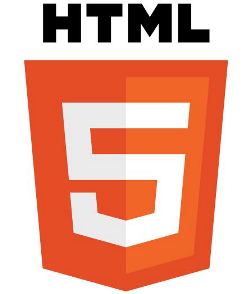What is HTML5! - A complete overview
Marc Whitlow, 10 December 2011
With the web progressing so quickly it isn’t surprising that even the basics are getting better and better. With the release of HTML5 the web front is going to change dramatically. HTML5 is the new version of HTML4.0. The focus of HTML 5 however is directed at that of the Web application developers while also developing and addressing the issues found in the existing version of html.

Before getting carried away it is important to realise that HTML5 is still HTML however with the implementation of CSS3 and JavaScript API’s we have the power to develop to a much higher standard than before. Programming using HTML5 is still done in the same way as HTML4.0, however there are new tags included in HTML5 and also a new <! doctype> which makes development and usability much friendlier. I will cover the new tags and perks in my next blog.
One of the fundamental improvements of HTML5 from its predecessor is the cross-browser compatibility including support across most of the major operating systems found on todays Mobile Devices. HTML5 supports easy media playback and offline storage. When using HTML4, embedded video meant the user had to have flash or the like installed in order to be able to view the content. This was a huge problem when it came to mobile devices as content would simply not be able to be viewed out of the box.
Offline storage in HTML5 gives the ability to store crucial data offline for web applications. This is a giant step towards replacing the old desktop applications with web applications. With the future of HTML5 we will start to see usability like never seen before, tasks such as creating draft emails while away from the internet will be simple as the changes would be automatically synced the next time you are online.
Drag and Drop is another hyped improvement of HTML5 and already in use by Google’s web based email application Gmail. This simply means users are able to drag and drop data. For example: adding an attachment to and email is a simple measure of “Click (hold) drag and release”.
HTML5 is going to be seen more and more in the future of web development. Research conducted by the top search engines found that of the world's top 100 websites 32 of these are now using HTML5 as their base framework. When developing with HTML5 Combined with CSS3 and the new JavaScript API’s you will have the ability to take your web sites and/or web applications from great to unbeatable!

